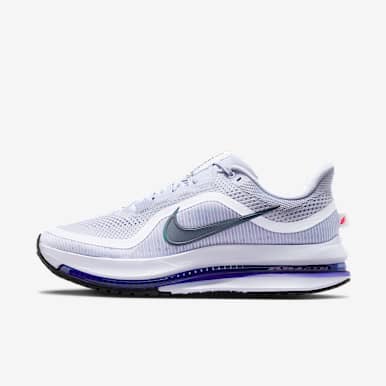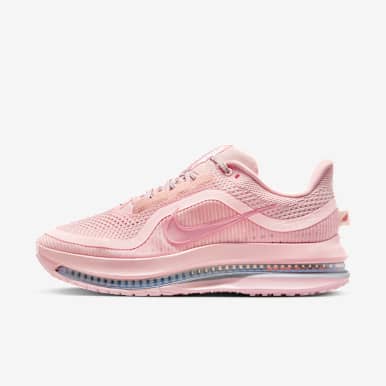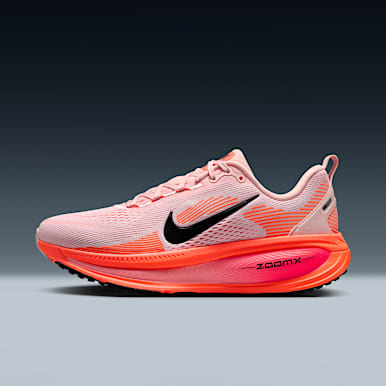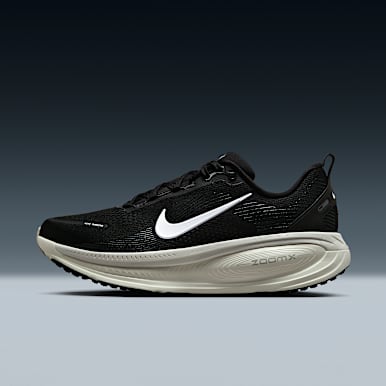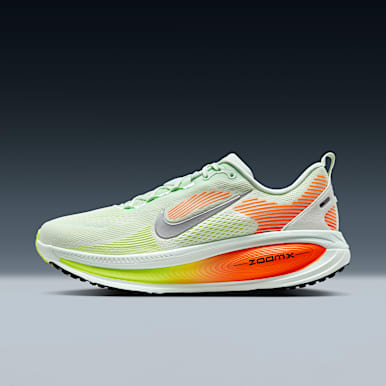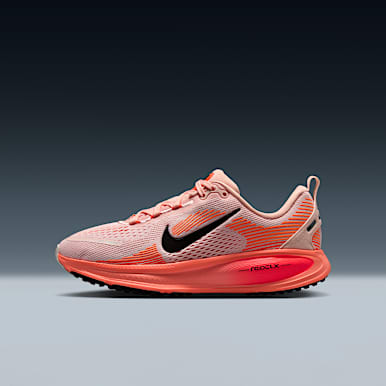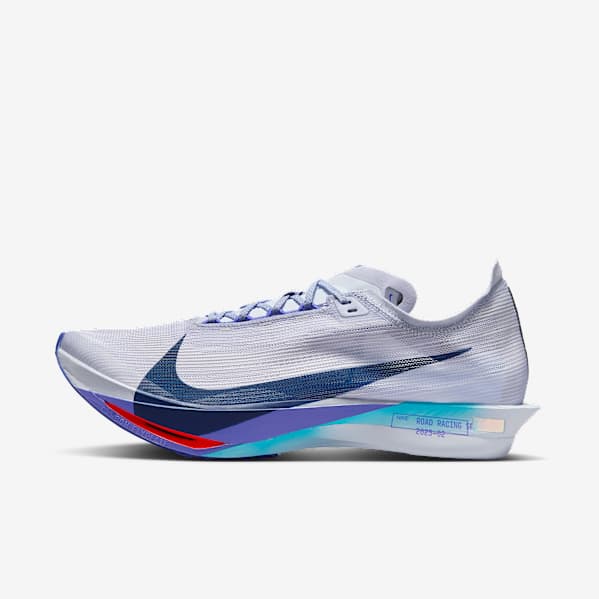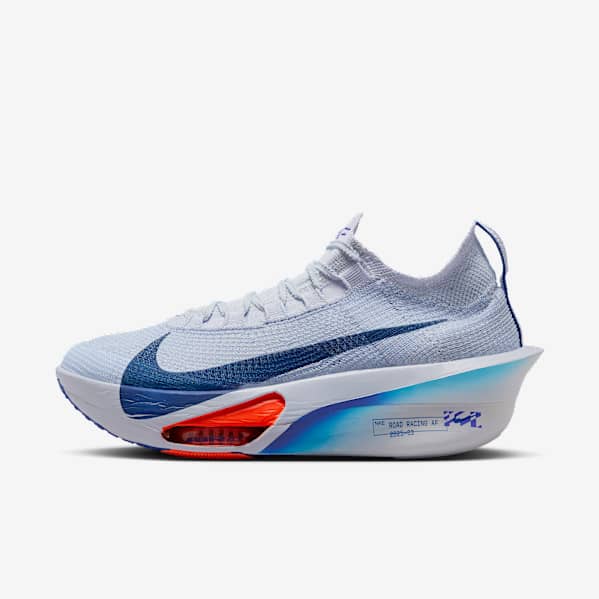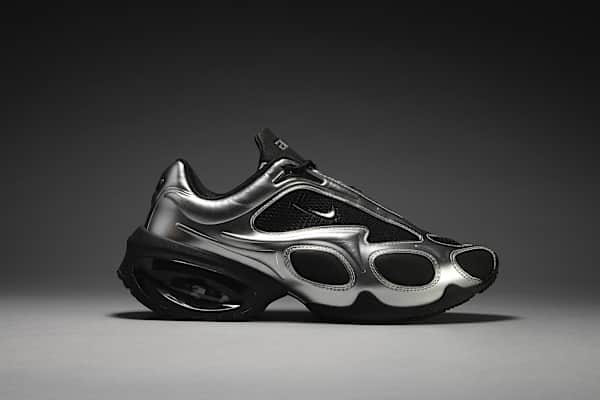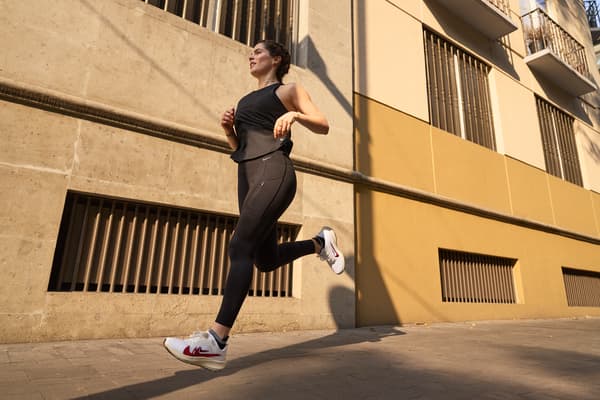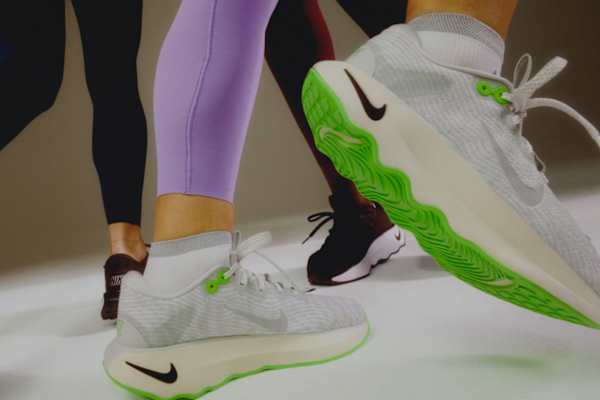How Often Should I Replace My Running Shoes?
Activity
Learn when to replace running shoes to prevent injury and boost performance. Get tips on spotting signs of wear and extending shoe lifespans.
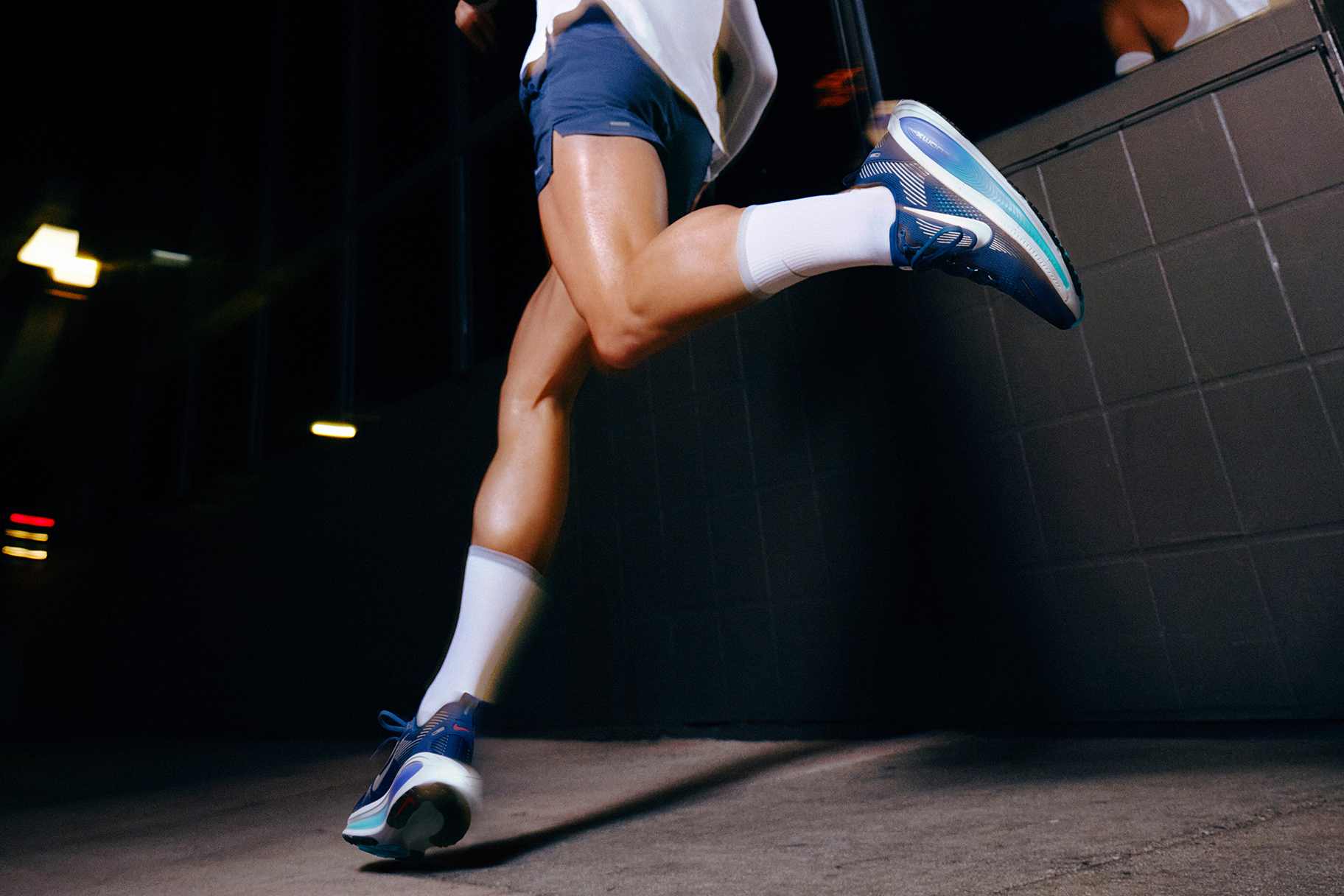
As the mileage racks up, even the world’s most durable pair of running shoes will eventually meet its expiration date. Many experts recommend replacing running shoes every 300 to 500 miles (500 to 800 kilometers). But that’s a pretty big range. So, how often should you replace running shoes?
There’s no hard and fast rule.
How long running shoes last depends on variables like where you run, how far, and how often. What’s important is keeping an eye on your shoes and how your body responds to them. Worn-down shoe soles or fresh blisters on your toes may indicate that your shoes are past their prime.
How Long Do Running Shoes Last?
How often to replace your running shoes depends on what type of runner you are and what your training regimen looks like. Here’s a simple framework used by Nike running coaches to help decide.
Casual runners accustomed to running fewer than 10 miles per week can typically stick with the same pair of running shoes for around 8 to 12 months before they notice any problems. If you’re training for a 5K or 10K, you’re probably running between 10 to 20 miles per week, meaning your shoes will last 5 to 8 months. Runners preparing for a half marathon usually cover 20 to 40 miles per week and should expect to swap out their shoes even more frequently, every 4 to 6 months. Finally, if you’re a dedicated marathon runner logging 40-plus miles in your training every week, your shoes will wear down quickly, meaning you will need replacements approximately every 2 to 3 months to ensure your feet are cared for.
Factors Determining Shoe Life
Not every shoe will have the same lifespan. These considerations may help you estimate a reliable shoe budget:
- Shoe quality: A great running shoe uses high-performance materials designed to be lightweight, durable, cushioned, breathable and bouncy. If you’re a daily runner, don’t skimp on quality construction.
- Running surface: Road, trail or track? Where you run plays a lead role in influencing how long your shoes last. Trail running shoes, for example, may break down faster on pavement. Do your homework.
- Running style: Know your running style and adjust your expectations accordingly. More pronation typically leads to more wear and tear.
- Physical build: If you’re bigger than the average runner, your shoes will probably age and deteriorate faster than those of the average runner.
- Volume and distance: A daily runner will need new shoes more often than one who takes a weekly jog.
(Related: The Benefits and Drawbacks of Daily Running)
5 Signs It’s Time for New Running Shoes
1. The Bottom of Your Shoe Is Worn Out
Sometimes, a glimpse at the outsole (the bottom part) and sides can tell you when it’s time for new running shoes. Wear and tear on the tread is normal, but the outsole is usually the last part to go. If one shoe is more worn than the other, it can create imbalance in your running gait or even alter your stride. This could lead to discomfort, pain or more significant injury.
2. The Cushioning Feels Flat
Running shoes have a midsole designed to absorb impact. Over the course of many steps, the foam material in the midsole tends to flatten out and compress, which reduces shock absorption and potentially increases stress on your joints. Test a shoe’s cushioning by pressing on it with your finger. If it feels hard, flat, and not springy, shoe support is inadequate, and it’s time for a new pair.
3. You’ve Owned the Shoes for a Long Time
If you’re a regular runner but don’t track your miles, using time might be the best way to know when to swap shoes out. The lifespan of a running shoe is typically anywhere from three months to a year — longer for casual runners and shorter for those training for a distance race. Regardless of training volume, if you’ve been wearing running shoes regularly for several months, you might be due for an upgrade.
4. Your Feet or Joints Hurt
One of the biggest signs it’s time to replace your running shoes isn’t the shoes themselves but how they affect your body. Unexpected joint soreness — especially in the ankles, knees, hips, lower back, or neck — might mean worn-out shoes are altering your posture and gait. As old shoes lose their support and cushioning, your feet may shift more and create friction that leads to irritation and blisters.
5. Running Feels Harder
Take note of any of the following: your shoes suddenly feel less comfortable, you’re getting tired faster, you’re sorer than usual, or runs you’ve done many times before seem more difficult. These could be due to changes in sleep patterns, training or nutrition. But they’re also signs your running shoes are no longer up to snuff. Pay attention to what your body tells you — old shoes can significantly hamper your physical performance.
Other Signs to Watch Out For
- Smooth tread on outsoles: Running shoes need grip, especially on wet pavement or trail paths. If the outsole has become smooth, you could slip more easily. If you typically run on the road, your shoes may wear out even faster.
- Deteriorating uppers: If the upper carriage of the shoe is fraying or tearing, especially if you run in off-road environments, it’s time for new shoes.
- Fraying inner heel: This reflects a lot of friction between the heel and shoe lining, which likely means either you have a poor fit or the shoes have passed their sell date.
(Related: How to Stop Chafing, Blisters and Other Common Issues)
Why It’s Important to Retire Old Shoes
Even if you're not experiencing joint aches or instability, running in worn-out shoes can raise the risk of overuse problems. Running shoes are designed to support the feet and absorb some of the forces that come with repetitive impact. When that's not happening, more of the impact reverberates through the body — over and over again.
While footwear alone is typically not a primary cause of running injuries, Nike research suggests that wearing the wrong shoes can be a factor. For example, loss of cushioning can lead to greater foot collapse or pronation, adding to stress in the feet, ankles and shins. In addition, loss of tread on the soles can increase the risk of falling, especially if you're running on wet pavement, dirt trails or icy sidewalks.
(Related: Common Running Injuries To Avoid)
Tips To Extend the Life of Your Running Shoes
Want to make your running shoes last longer? Consider the following:
- Use more than one pair of running shoes. Switching between two pairs of running shoes can effectively double the lifespan of both.
- Wear running shoes only for running. Avoid using running shoes for workouts or casual wear. Keep an alternate pair of old kicks in the car so you don’t wear them on errands or everyday tasks.
- Store them properly. Keep shoes in a dry, cool place so they’re not exposed to moisture damage.
- Keep your shoes clean. Dirt and grime can accelerate wear and tear. Follow our guide on how to clean running shoes.
- Choose shoes designed for your preferred surface. Keep road shoes on the road and trail shoes on the trail.
- Always tie and untie your shoes. Don’t force your shoes on and off without tying and untying the laces first. This action crushes the heel and stretches the uppers.
Ed. Note: Special thanks to Carol Mack, D.P.T., C.S.C.S., and Jason Machowsky, C.S.C.S., for their expert insights and contributions to this article.

